3 x Big Bets in Sustainability
‘Be more sustainable’ has been a recommendation in every trends report since Charles Moore inadvertently sailed into The Great Pacific Garbage Patch, a huge floating island of plastic waste, on his way home to Los Angeles. That was 1997.
This year though, it feels different.
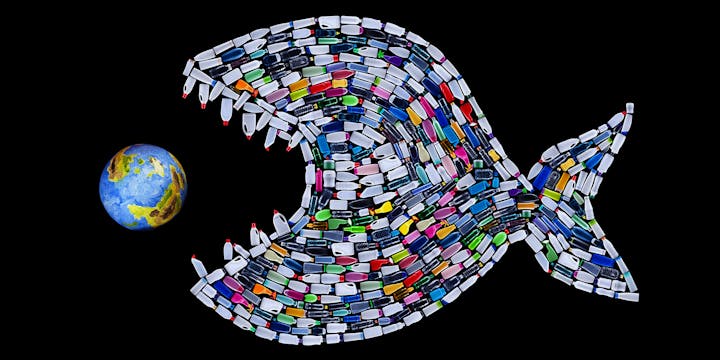
Image: Nagy-Bagoly Arpad, Adobe
In 2020, the great pause of the pandemic gave us all an opportunity to check our consumption. Many of us found we didn’t need so many purchases, opting instead to really interrogate the impact of the things we buy. And in a year of apocalyptic headlines, a few more environmental alarm bells went CLANGGG for good measure: wildfires in the Arctic, record-breaking tropical storms in the Atlantic, the joint highest global temperatures on record.
If the stakes have been rising incrementally for years, now we’re all-in. This year, brands must look to enact radical changes that reflect the magnitude of the moment. Those able to grasp this planet-sized opportunity will be shaping the future. Those that don’t risk being left behind.
So far, so serious. But while the situation may be grave, the solutions don’t have to be (as campaigns like this show). If the post-pandemic era ushers in a new age of creative freedom, the hope is that brands and creatives can harness this spirit of optimism to make – or remake – the world genuinely better, and have fun doing it.
Here are our three big bets:
1. Rethinking sourcing
Will we soon see a statement of air miles printed on wine and craft beer bottles? With consumer interest in sustainable sourcing growing rapidly, it doesn’t seem so far-fetched.
Hyperlocal has been trending in the world of fine dining for a few years now. But it’s not just chefs with a fetish for foraging who are sourcing much closer to home. Bacardi’s 2021 Cocktail Trends Report noted a growing interest in zero-waste ingredients and hyperlocal brands among bartenders across North America.
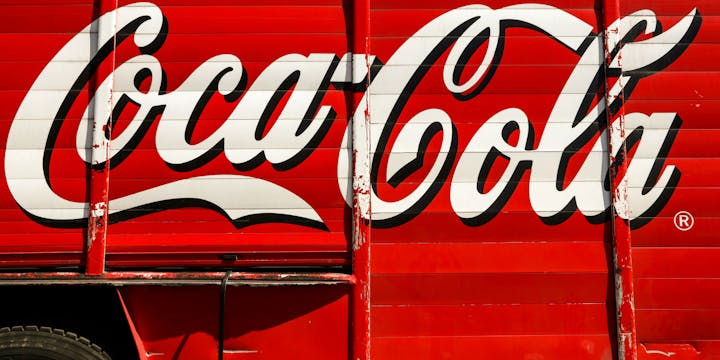
Image: Coca-Cola
Gathering ingredients from the backyard may be easier for craft breweries than it is for major drinks brands with global supply chains. But the biggest corporations also have the resources and networks needed to pivot. In 2020, Coca-Cola India revealed details of its move from local to hyperlocal in the country. This includes a specific local portfolio for different regions, and increased use of regional languages in marketing. From sourcing right the way through to communications, other big brands need to work out how they can act more like local producers.
2. Reimagining selling
In fashion, recent conversations have focused on the problem of overproduction. It’s a conundrum every sector will have to confront – how to thrive without selling more stuff. Yet so far, our collective ability to create alternatives to the prevailing economic system has been found lacking. Reimagining business models is the greatest creative challenge facing brands today.
Speaking to Vogue Business, fashion designer and professor Timo Rissanen said brands must work out how they fit into this “new world in which we will produce and consume radically less”.
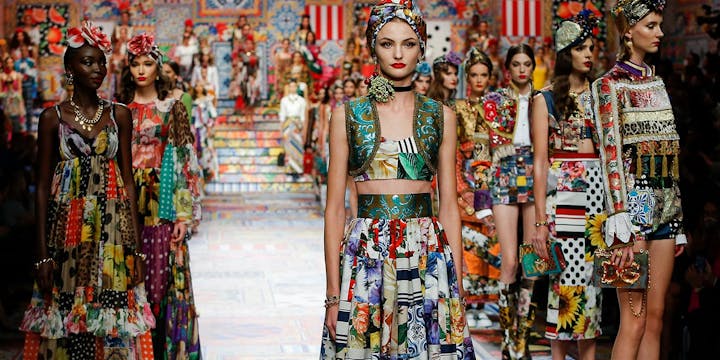
Image: Dolce & Gabbana
For fashion brands, this could mean building out new business models based around rental, resale and swapping. When it comes to producing less, the supply crisis of the pandemic has shown designers the virtue of revisiting fabric archives instead of relentlessly churning out new clothes. “The lockdown reminded us that we could creatively reuse what we had,” said Stefano Gabbana at the launch of Dolce & Gabbana’s SS21 Sicilian Patchwork collection.
But fashion houses remain, for the most part, locked into the conventional model of making collections and then selling them. The growing success of production on demand models, as seen from innovators like Ministry of Supply, could change that. Brands will have to work on convincing their consumers to accept the higher prices and longer lead times.
3. Reinventing packaging
Packaging offers brands a particularly visible space in which to show sustainability leadership. For this reason we’ve already seen plenty of innovation, but it’s hard to shake the feeling that ingenious solutions remain the preserve of boutique brands or highly limited product runs. Sustainability isn’t about “easy wins”. 2021 should be the year that major brands bring sustainable packaging to mass-market products
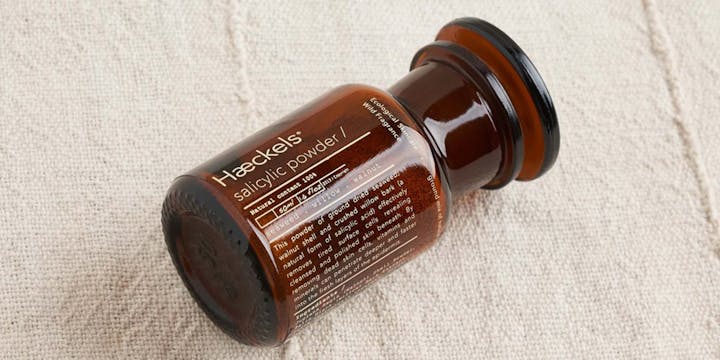
Image: Haeckels
They won’t have to look too hard for inspiration. Haeckels, the ocean-inspired skincare brand, has some of the most considered packaging out there. Its exfoliant and facial masque products come with a plastic-like substance on the top of the bottle, which is actually algae. Once applied to the containers, it dehydrates to form a natural seal that removes the need for any plastics. The Margate-based brand is also innovating with zero-waste eye masks, which are made with agar extracted from seaweed and grown to order.
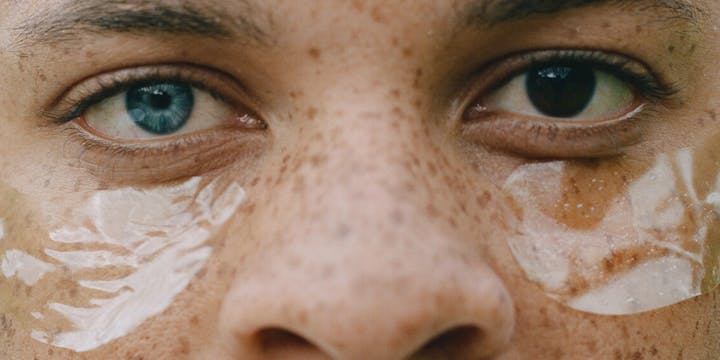
Image: Haeckels
Rentable packaging is another solution with big potential. Newly launched DTC skincare brand Ace of Air asks customers to “rent” their packaging for $2 per product. Items are shipped in a special container known as a Boomerang Box, which can be used up to 100 times. “The rental fee is purposely designed to remind customers that this is a shared economy, meaning that we are sharing the packaging,” explained co-founder and CEO Stephanie Stahl.
SEEN is compiled by LOVE’s Senior Copywriter, Matt Duxbury. Want to say hello, ask questions or challenge his cultural knowledge? Get in touch - mattduxbury@lovecreative.com